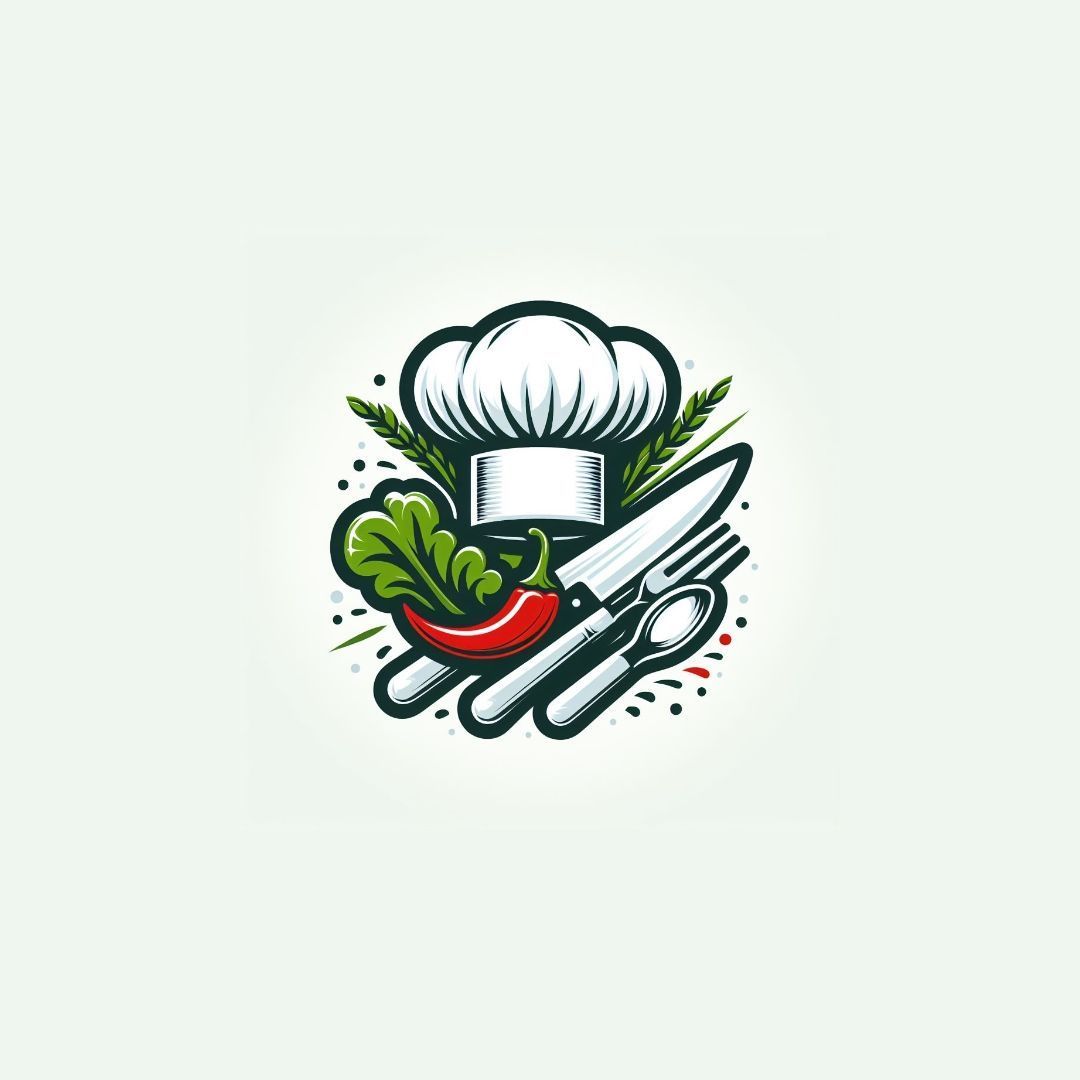The Evolution of Culinary Trends in Europe: A Journey Through the Last 20 Years

Over the past two decades, Europe has undergone a profound transformation in its eating habits. The evolution of culinary trends has mirrored social, economic and cultural changes, intertwining tradition and innovation. Here is a detailed analysis of this journey with hard data and reliable sources.
2000-05: The Beginning of Culinary Globalization
The beginning of the 21st century was marked by an unprecedented opening to the outside world. Globalization meant that cuisines and flavors from all over the world found their way onto European tables. This period saw the birth of fusion cuisine, which combined elements of different culinary traditions to create new and exciting dishes. This phenomenon resulted in a proliferation of Asian and fusion restaurants, which recorded annual growth of 5-7% between 2005 and 2015, according to Euromonitor International. Contact with exotic ingredients such as wasabi, soy sauce and Middle Eastern spices became common, broadening the palette of flavors available to European chefs. Cultural contamination led to dishes such as Italian sushi, where traditional Mediterranean flavors are combined with Japanese precision. This phenomenon caused European palates to become more adventurous and willing to experiment with new flavors.
2005-10: Sustainability and Back to Origins
As the decade progressed, sustainability became a central concern for many consumers and chefs. The “zero kilometer” philosophy began to gain traction, encouraging restaurants and markets to favor local and seasonal ingredients. This approach had a significant impact on the environment, reducing the carbon footprint related to food transportation and supporting local economies. A 2021 Statista report highlighted that 63% of European consumers prefer to buy local products, demonstrating a growing commitment to more sustainable choices. At the same time, there was a rediscovery of culinary traditions. Chefs and restaurateurs began to valorize centuries-old recipes, using artisanal preparation methods that had risked being forgotten. Dishes such as homemade sourdough bread and fresh pasta made a comeback, symbols of a return to origins that celebrated local culinary culture.
2010-15: Health, Wellness and Superfoods
Health has become increasingly central to Europeans’ food choices during this period. Increased awareness of the benefits of a balanced diet has led to a growing demand for organic foods and gluten- and lactose-free products. Superfood ingredients such as quinoa, chia seeds and goji berries have started to occupy a prominent place on tables, thanks to their nutritional properties and health benefits. At the same time, technology and digitalisation have started to revolutionise the food sector. Delivery apps such as Uber Eats and Deliveroo have given consumers access to a wide range of cuisines, driving the online delivery segment’s revenue in Europe from around €10 billion in 2015 to over €30 billion in 2022 (Statista). Social media, especially Instagram, has transformed cooking into a visual phenomenon, making “Instagrammable” dishes a central trend and influencing the eating habits of millions of people.
2015-20: Plant-based nutrition
During this phase, plant-based diets began to gain significant traction. According to The Vegan Society, the number of vegans in the UK quadrupled between 2014 and 2019, with similar increases seen in Germany, the Netherlands and other European nations. Restaurants and supermarkets responded to the growing demand by offering a wide variety of vegetarian and vegan options, from plant-based protein burgers to dairy-free cheeses. Sustainability further rose to the forefront, with initiatives to combat food waste. According to the FAO, Europe wastes around 88 million tonnes of food a year, worth around €143 billion. Apps like Too Good To Go have helped reduce this figure, saving over 100 million meals since 2016 and raising awareness among consumers about the importance of reducing waste.
2020-23: Resilience, pandemic and new trends
The COVID-19 pandemic has had an unprecedented impact on the European food industry. With restrictions forcing many restaurants to temporarily close or limit seating, gourmet takeaway and delivery services have become the norm. Consumers have rediscovered the pleasure of cooking at home, experimenting with elaborate recipes and recreating restaurant experiences. Eco-friendly packaging has become a key element for those ordering takeaway, reflecting a greater focus on sustainability. Restaurants, once reopened, have focused on immersive dining experiences, transforming the meal into a spectacle that engages all the senses. Chefs and venues have invested in scenographic presentations, live music and evocative environments, offering diners a unique and memorable experience.
2024 and beyond: Future prospects
Looking ahead, European culinary trends will continue to be dominated by sustainability and the search for a balance between innovation and tradition. Fermented foods, known for their probiotic benefits, are expected to continue to grow in popularity, as well as a return to ancestral culinary techniques such as fermentation and the use of natural yeasts. Technology will continue to play a central role, with the introduction of 3D food printers and the use of artificial intelligence to optimise menus and culinary experiences. The evolution of culinary trends in Europe over the past 20 years has reflected a dynamic and resilient society, capable of adapting to new challenges and evolving while maintaining its cultural roots. From the first steps of culinary globalisation to the adoption of sustainable and healthy practices, European cuisine has proven to be a crossroads between tradition and innovation. With a strong focus on sustainability, well-being and technology, Europe will continue to be a reference point for global gastronomy, demonstrating that culinary evolution is much more than just a trend, but a reflection of our way of living and thinking.
Denmark and Sweden
Denmark is considered a pioneer in sustainability and culinary innovation. Copenhagen, with its renowned restaurant Noma, was the birthplace of New Nordic Cuisine, which redefined the use of local and seasonal ingredients. The Danish government has also implemented policies to promote sustainable food practices and set ambitious goals to reduce food waste. Sweden is a leading example of food sustainability. With initiatives such as the Diet for a Green Planet movement, the country has promoted a balanced diet with a low environmental impact and based on local ingredients. Swedish restaurants have integrated green and sustainable practices into their operations, reducing the use of plastic and promoting the reuse of food waste.
Germany and France
Germany is at the forefront of plant-based nutrition and culinary technology. Berlin has been called the vegan capital of Europe, thanks to its vast array of restaurants and shops promoting plant-based options. Furthermore, Germany has invested in research and development of sustainable food technologies, such as animal protein alternatives and waste reduction projects. Although France is known for its strong culinary tradition, in recent years it has adopted new sustainable practices. Paris and other major cities have seen a proliferation of restaurants combining innovation and plant-based cuisine. Furthermore, the French government has passed laws prohibiting supermarkets from wasting unsold food, requiring them to donate it to charities or compost it.
Netherlands, Italy and the United Kingdom
The Netherlands is a hub for technological innovation in the food sector. Dutch startups are developing innovative alternatives to animal proteins, such as lab-grown meat and insect-based proteins. Furthermore, the Netherlands is a leader in sustainable agricultural production and is known for its highly efficient greenhouses, which use advanced technologies to reduce environmental impact. Italy, with its centuries-old culinary tradition, is addressing modern challenges by integrating sustainable practices and celebrating its local roots. The Slow Food movement, born in Bra, Piedmont, has had a global impact, promoting food biodiversity and the use of seasonal and local ingredients. Italian cities have embraced the trend of local markets and urban gardens to reduce environmental impact and create a connection between producers and consumers. The United Kingdom has demonstrated a remarkable capacity for adaptation, integrating culinary tradition with innovation. London, in particular, has become a hub for sustainable and plant-based cuisine, with a wide variety of restaurants offering vegan and vegetarian options. The country is also a leader in the fight against food waste, with government and private initiatives promoting the redistribution of surplus food.
Conclusion
These European countries are leading modern culinary challenges through the adoption of sustainable practices, technological innovation, and the valorization of local traditions. From environmental sustainability to the promotion of plant-based diets and advanced technologies, each of these countries is helping to shape the European culinary landscape, making Europe a global model of resilience and creativity in the food sector.

gourmet
Data di inserimento 05 nov 2024
Report article


Comments
There are no comments yet.